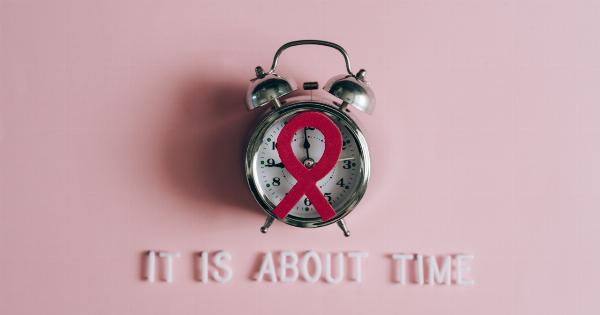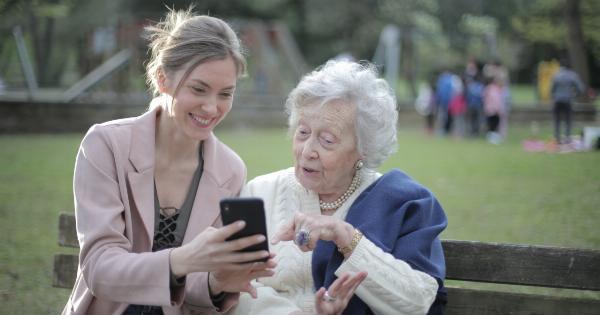Advertisements are everywhere, from television to billboards and social media. They aim to catch our attention and persuade us to buy particular products or services. But, as advertising has evolved, so too has the use of sex to sell products.
The depiction of highly sexualized images in advertisements has sparked a debate among women, especially regarding the impact that these ads have on society.
The Role of Sex in Advertising
The use of sex in advertising is not a new phenomenon. Advertisers have been using sex to sell everything from clothing to cars for decades. The idea behind this tactic is straightforward – sex sells.
The use of sexualized imagery is meant to grab viewers’ attention, hold their interest, and ultimately persuade them to buy what is being advertised.
Sexualized imagery can be found in many forms, including print ads, television commercials, and social media campaigns.
In some cases, advertisers use highly sexualized images of women to sell products that have nothing to do with sex, like cars or hamburgers. This objectification of women for the sake of advertising can be harmful and negatively impact society’s view of women.
Negative Impact on Society
The use of sexualized imagery in advertising can contribute to the objectification of women.
When women are portrayed as nothing more than sexual objects, it reinforces the notion that their worth lies primarily in their physical appearance and sexuality. This can be harmful, as it can fuel unrealistic beauty standards and contribute to negative body image issues among women and girls.
The over-sexualization of women in advertising can also contribute to gender inequality. Research has shown that women are often depicted in traditional gender roles and assigned physical traits that reinforce gender stereotypes.
For example, women are often portrayed as submissive, emotional and weak in advertising, while men are depicted as strong, rational and in positions of power. The use of sexualized imagery in advertising can perpetuate these stereotypes and contribute to a culture of gender inequality.
Positive Impact of Sexualized Imagery in Advertising
Despite criticisms of the use of sexualized imagery in advertising, some argue that it can be an effective marketing tool. Sexualized images can grab viewers’ attention and help to establish brand recognition.
In fact, some research shows that sexualized ads can be more memorable and effective in promoting products than non-sexualized ads.
Moreover, there’s a case to be made that images of sexually empowered women in advertising can be beneficial. These ads can help break down traditional gender stereotypes and encourage women to embrace their sexuality.
Women Speak Out Against Over-Sexualized Ads
Despite arguments for and against the use of sexualized imagery in advertising, women are increasingly speaking out against the use of over-sexualized ads.
Many argue that the depiction of unrealistic and highly sexualized images of women in advertising contributes to a toxic culture that objectifies and devalues women.
Several campaigns have been launched to push back against over-sexualized ads. In 2016, the #WomenNotObjects campaign gained momentum on Twitter, encouraging women to share examples of ads they found offensive.
Similarly, the #MeToo movement highlighted the prevalence of sexual harassment and objectification of women in many industries, including advertising.
Regulation of Sexualized Imagery in Advertising
Despite the growing concerns about over-sexualized advertising, regulation of sexualized imagery in advertising is limited. In most countries, there are no legal restrictions on the use of sexual imagery or the objectification of women in advertising.
However, some countries, including the United Kingdom, have advertising standards that include guidelines on the use of sexual imagery. These standards aim to ensure that advertising is not harmful or offensive to the general public.
Conclusion
The use of sexualized imagery in advertising sparks much debate. While some argue that it is an effective marketing tool that can empower women, others argue that it contributes to a culture of objectification and inequality.
Regardless of personal opinions, it’s clear that the advertising industry needs to take responsibility for the way in which it portrays women and make an effort to create ads that reflect a more positive and empowering message.































